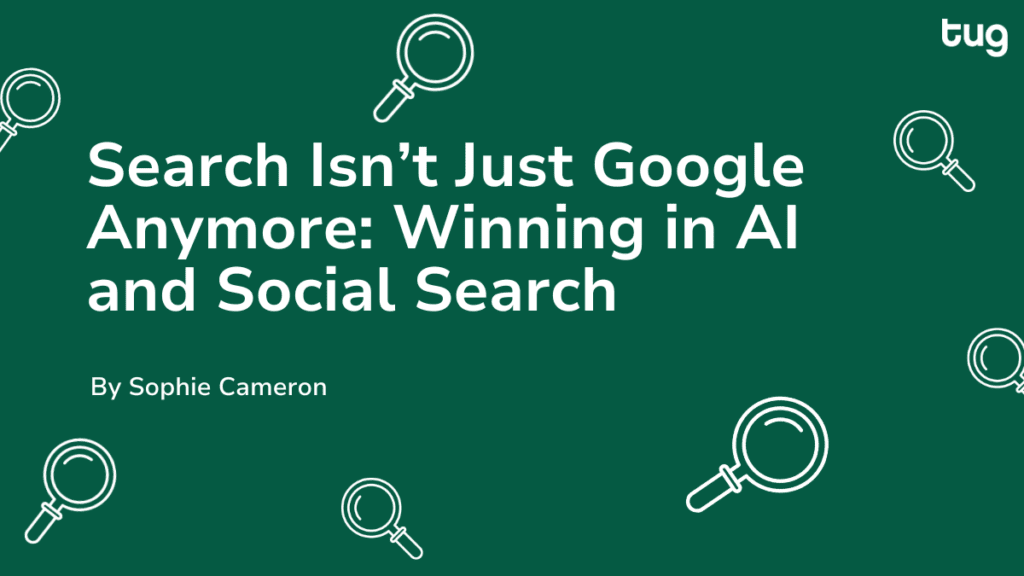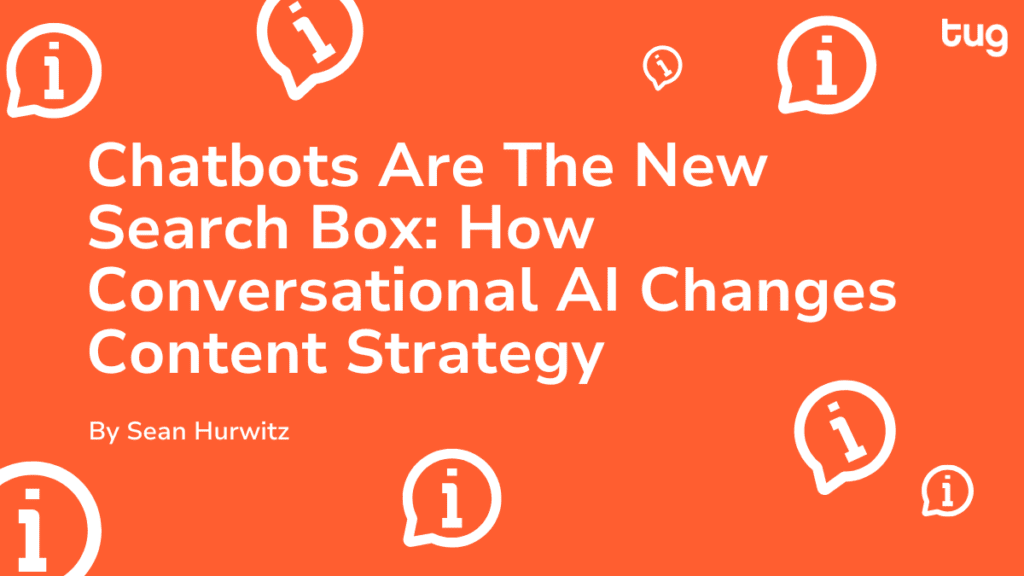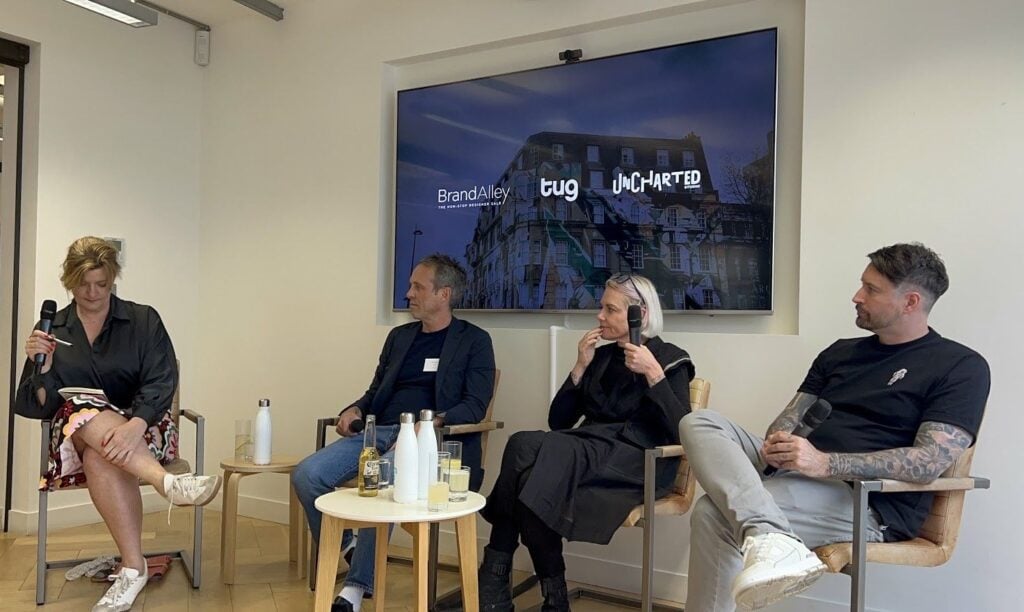ChatGPT in 2024: Understanding the Latest Updates and Competition.
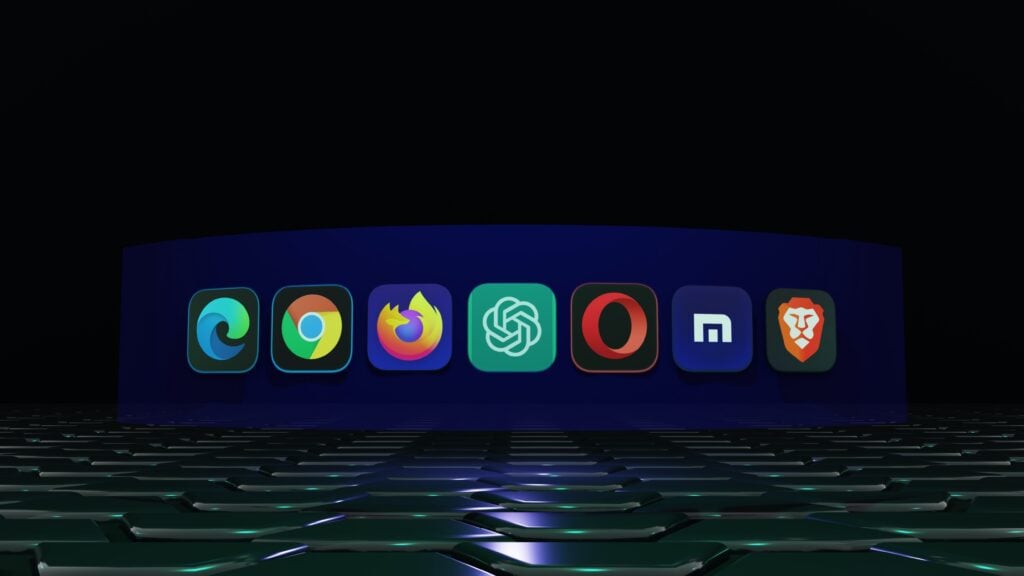
What Is It?
Since November 2022, when OpenAI introduced Chat-GPT, the ‘generative pre-trained transformer’, we have seen several new enhancements to the model and competitors jumping at the opportunity. These include OpenAI’s latest GPT-4o, Google’s Gemini 1.5 Pro, and Anthropic’s most powerful model, Claude 3.5 Sonnet.
The release of ChatGPT was a significant milestone in the field of Natural Language Processing (NLP) and Artificial Intelligence (AI). With its ability to produce human-like responses, ChatGPT can be integrated into various applications such as chatbots, mobile apps, and voice assistants, improving business processes such as customer service and engagement. Additionally, ChatGPT can analyse large amounts of text data and extract insights, which can be used to improve decision making in various industries, such as finance and healthcare.
They all have different benefits so it is necessary to understand your use case to get the best out of AI.
These include GPT-3.5 for faster processing speed and lower latency, GPT-4 to learn more complex patterns and nuances, GPT-4 with Browsing for up-to-date responses looking at factual data using Vectorisation. In fact, the recent GPT-4 update, boasting a 10x increase in parameter count compared to its predecessor, has resulted in a 25% improvement in code generation accuracy.
They have now released new models showing how they can constantly evolve and improve the quality of outputs and the multi-modal aspect for inputting images to get a response. For example, GPT-4o has advanced these capabilities further with the ability to process text, audio, images, and video inputs.
This functionality opens up new possibilities for applications that require multimedia data, making GPT-4 models far more versatile than GPT-3.5.
Why Is It Important?
Despite concerns about the advanced technology, ChatGPT has become a major competitor in the market, particularly for companies like Google. However, Google have produced Gemini to combat ChatGPT and allow users to utilise it’s components within Google Cloud Platform. This creates the ability to integrate it into companies tools and increase the capabilities of their SaaS solutions.
Another competitor has also emerged in Anthropic through Claude 3.5 Sonnet with the ability to run data science tasks and read data effectively. The ability to enhance code can be impactful on how tools can be developed at a much quicker rate, but may impact jobs on the market. With the models becoming more expensive, it will be interesting to see whether an AI gap begins to emerge amongst small companies trying to stay up-to-date and large corporations with the budget to experiment and test different
What Does This Mean For Marketers?
Marketers must adapt to the changing landscape of AI capabilities in order to remain competitive. This includes a focus on customer experience and optimisation for voice search.
ChatGPT, as a language model, can assist in this by generating high-quality, natural-sounding text that is optimised for search engines. This can improve SEO efforts by creating meta descriptions, title tags, and other important on-page elements. Additionally, ChatGPT can generate ideas for keywords and phrases that can optimise content.
Although ChatGPT can generate a wide range of content, it still has limitations. The chatbot was initially trained on data prior to 2021, so it may produce incorrect facts or outdated information. However, it is also being updated by receiving input from users by opening it up to trial to refine the model further.
Marketers should not solely rely on AI tools and continue to use human writers as Google values content based on human experience and expertise. AI is becoming advanced, but it cannot replace the quality of content.
The ability to include images within inputs can improve content creation massively. The deep analysis and parameters included within the models can help target your specific audience and drive more traffic through advertising.
Have You Considered The Ethical Impact?
It’s not all positive news though. By improving the capacity of the models, they require more and more processing power. Therefore, big data centres fuelling answers to your questions are now taking more resources. An article in The Times has highlighted using a chatbot for between 10 to 50 queries will consume approximately two litres of water, based on experts within the University of California, Riverside.
With this in mind, you should always consider usage and how this may impact your sustainability targets and constantly review ways to mitigate excessive waste.
About The Author
Created By: MSc BSc Laurence Carton with 5 years experience in Computer Science studying new developments in AI and Cyber Security to understand Data Science and how LLMs comply to regulation.
Dissertations included ChatGPT and how AI should be used within Marketing Tools to enhance performance.
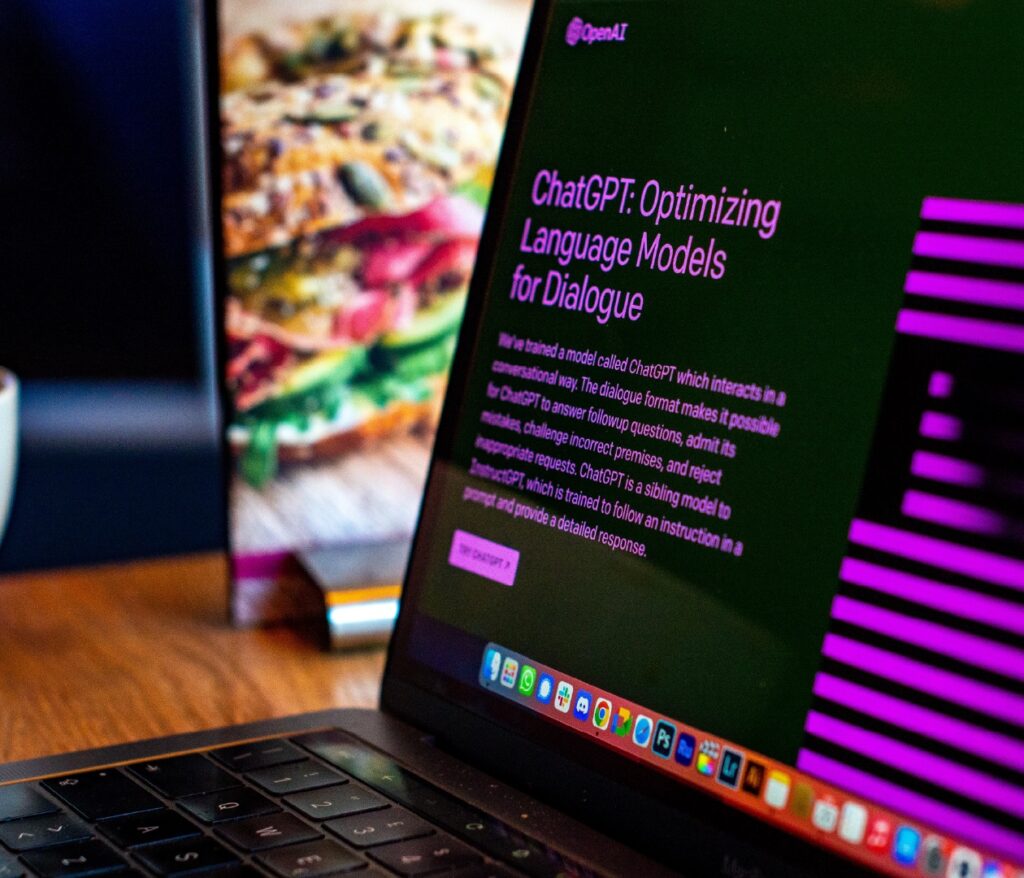
What Is Tug’s Take?
The tool’s potential in automating different areas of business is clear. The tool has the potential to generate code, compose content, uncover insights, and gather information, it can even write contracts.
The growing need for real-time customer service, driven by the advancements in AI, also necessitates businesses to adapt their strategies to stay competitive in the market.
While we are impressed with the capabilities of ChatGPT, it is important to remember that as a tool built on natural language processing, the information it provides may not always be correct. The current limitations of the AI include the potential to generate incorrect information or biassed content so it is essential to verify the accuracy and credibility of the information provided.
At Tug, we are keeping a close eye on Google’s work on its AI model, particularly during its I/O conference in May, due to its vast web-crawling and cataloguing experience. The company may have access to a larger and higher quality dataset to train its models, which could lead to the development of advanced AI applications and services that do not produce incorrect or harmful content.
The advancement in competition since the release of ChatGPT is the next big thing to watch out for, particularly with the capacity issues it is currently facing.

